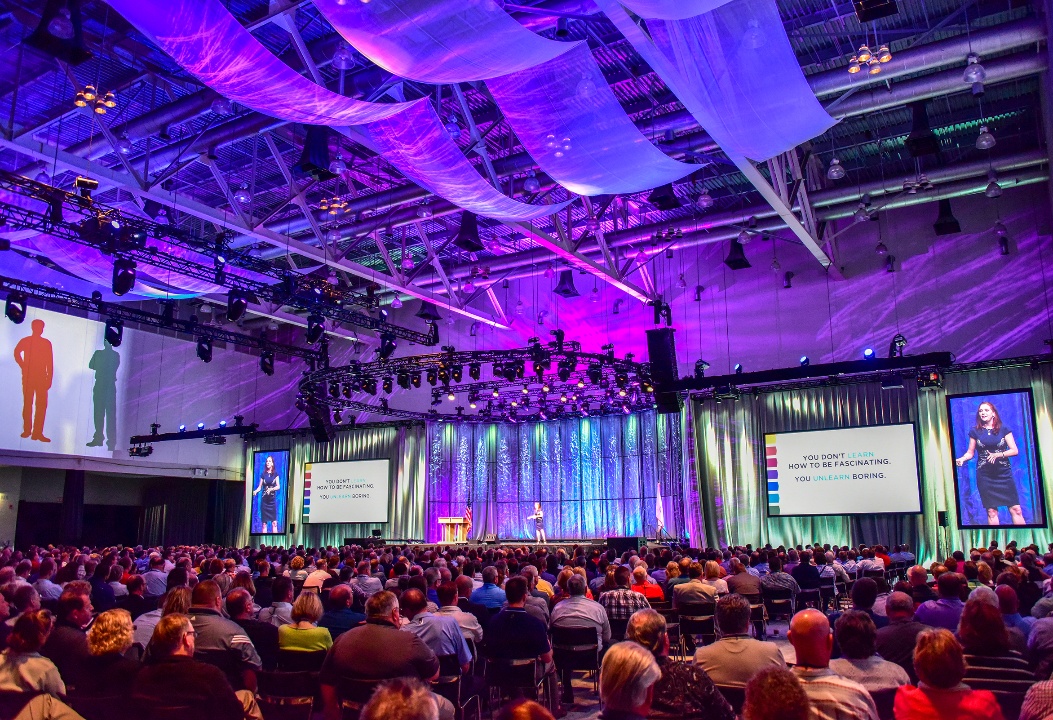Why Occasion Source Solutions Are Important for Smooth Event-Driven Styles
In the world of contemporary software development, event-driven architectures are significantly widespread, yet their performance pivots on the execution of durable event source remedies. As sectors shift in the direction of real-time data processing, understanding the ramifications of event sourcing comes to be essential.
Comprehending Event-Driven Designs
Event-driven architectures (EDAs) represent a standard shift in creating software application systems, where the flow of details is established by the event of occasions. This architectural style advertises a decoupled technique, permitting various parts to interact asynchronously. In EDAs, occasions act as the key ways of communication, activating procedures or workflows in feedback to particular occurrences, such as customer actions or system changes.
The secret components of an EDA include occasion producers, which generate events; occasion consumers, which respond to occasions; and occasion channels, which facilitate the transmission of occasions in between producers and customers. This framework improves system responsiveness and scalability, as components can independently refine events without the need for simultaneous interaction.
Moreover, EDAs allow real-time data processing, making them ideal for applications requiring instant insights-- such as fraud detection in monetary systems or monitoring IoT gadgets. They additionally sustain a more dexterous advancement environment, enabling teams to iterate swiftly and release new features with marginal disturbance to existing services.
The Duty of Occasion Resource Solutions
While various components in an event-driven design count on reliable interaction, event source solutions play an essential duty in producing and taking care of the circulation of events. These remedies function as the first factor of occasion development, capturing changes in state or individual activities and converting them into occasions that can be circulated with the system.

Moreover, they help with the decoupling of producers and consumers within an architecture, enabling systems to range separately. This decoupling is essential for boosting system resilience, as it reduces reliances that can otherwise bring about bottlenecks or single factors of failure.
Advantages of Real-Time Data Handling
Real-time data processing significantly boosts the abilities of event-driven styles by making it possible for instant insights and activities based upon the most recent details (your event source charlotte). This immediacy not just increases decision-making however additionally increases the importance and accuracy of those choices. Organizations can react to events as they happen, reducing latency and improving operational agility
Among the main advantages of real-time data processing is the ability to capture and evaluate information continuously. This assists in aggressive actions instead than reactive navigate to this site actions, allowing companies to prepare for fads and potential issues prior to they escalate. In sectors such as money or ecommerce, real-time analytics can identify illegal deals or customer actions modifications, permitting swift treatments that reduce threat and enhance customer contentment.

Ultimately, the integration of real-time data handling right into event-driven designs empowers organizations to harness the complete possibility of their information, driving advancement and competitive advantage in an increasingly vibrant market.
Enhancing System Communication
Effective interaction in between systems is important for the success of any type of event-driven architecture. Occasion source solutions promote this communication by providing a durable framework for capturing and sending events in genuine time. By standardizing how systems generate and eat occasions, these options eliminate ambiguity and foster interoperability, permitting diverse systems to interact effortlessly.
Using event streams makes it possible for systems to react immediately to modifications, guaranteeing that all parts are aligned and educated. This responsiveness is vital in settings where timely information exchange More about the author directly affects decision-making and total system performance. In addition, occasion resource services provide mechanisms for occasion filtering, makeover, and directing, improving the efficiency of data circulation in between systems.
Furthermore, by applying a publish-subscribe model, event source options decouple system parts, permitting greater versatility and scalability. This decoupling indicates that systems can advance individually, making it less complicated to integrate new performances or replace existing elements without interfering with total interaction.
Future Fads in Occasion Sourcing


Another considerable trend is the surge of cloud-native event sourcing remedies. These platforms leverage the scalability and flexibility of cloud facilities, permitting organizations to successfully manage and save huge quantities of occasion information without the expenses of conventional systems. This change promotes better availability and partnership throughout groups.
Additionally, the fostering of microservices architecture is affecting event sourcing methods. As companies progressively sector their applications right into smaller sized, independent services, occasion sourcing supplies a durable mechanism to preserve information uniformity and stability throughout these dispersed systems.
Final Thought
Finally, occasion resource solutions act as an essential structure for smooth event-driven architectures, enabling effective occasion generation and monitoring. By helping with asynchronous communication between elements, these services enhance site link system durability and advertise the independent development of solutions. The advantages of real-time information handling and improved system communication highlight the value of adopting occasion sourcing methods. As the demand for robust dispersed systems increases, the significance of occasion source services will proceed to expand, forming the future of event-driven style.